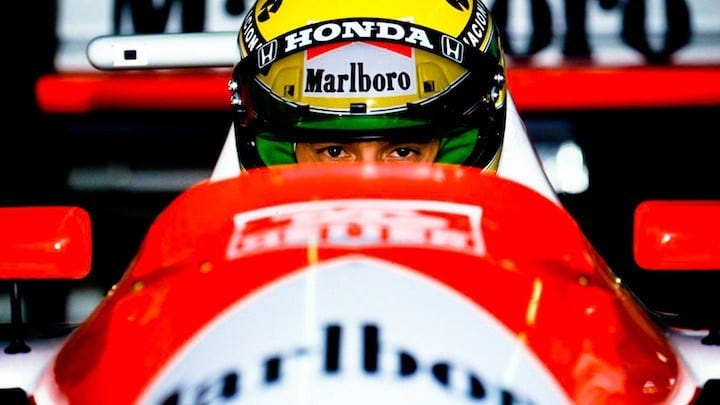The Doc Option: Watch ‘Senna’
Near the beginning of Rush, famed Formula One driver James Hunt, played by Chris Hemsworth, waxes philosophic on the appeal of racing cars. The closer to death, the more alive we feel, he explains. From the point of view of an outsider the ludicrous speed of F1 indeed looks like quite the rush. But if you want to go inside the head of a racer, and get a…
Keep reading with a 7-day free trial
Subscribe to Nonfics to keep reading this post and get 7 days of free access to the full post archives.




